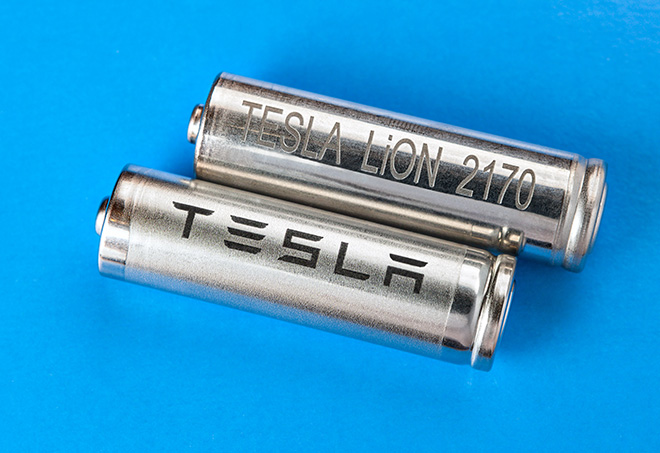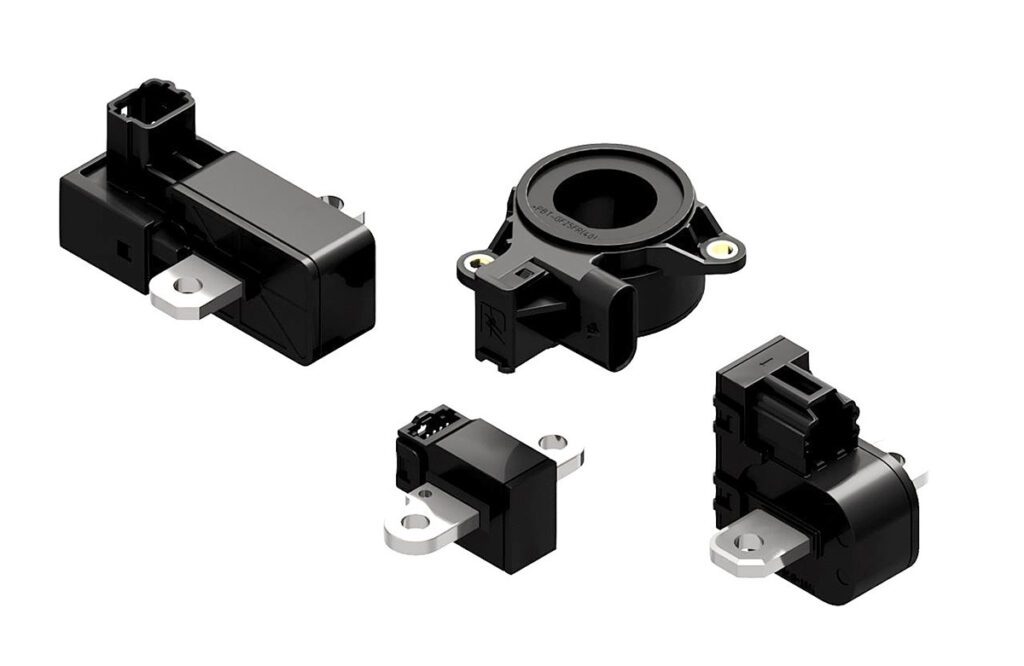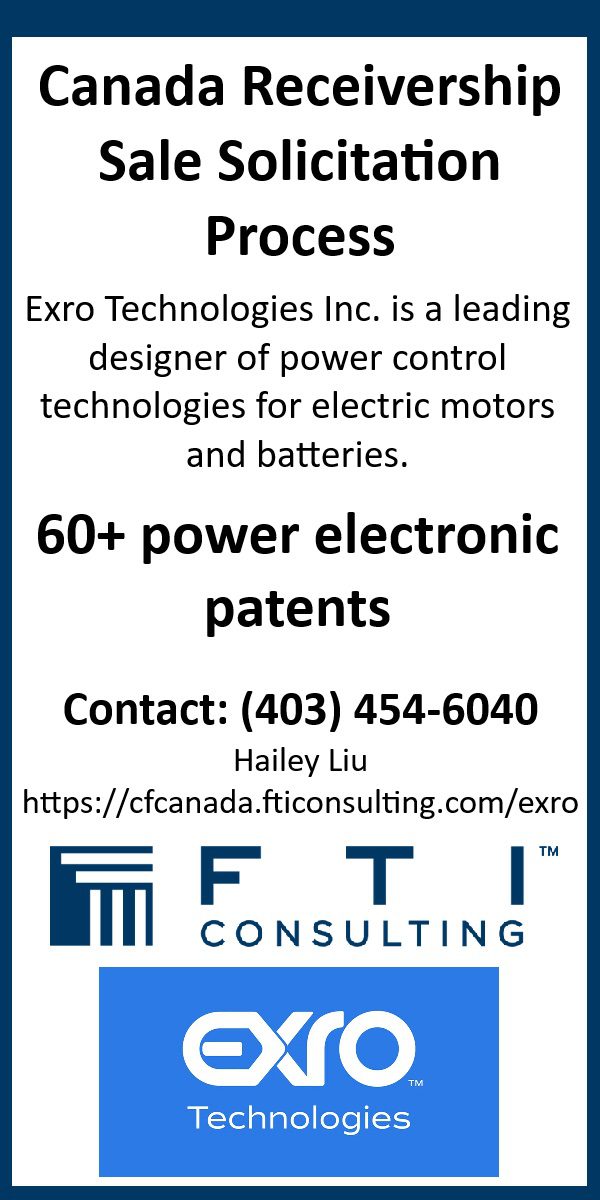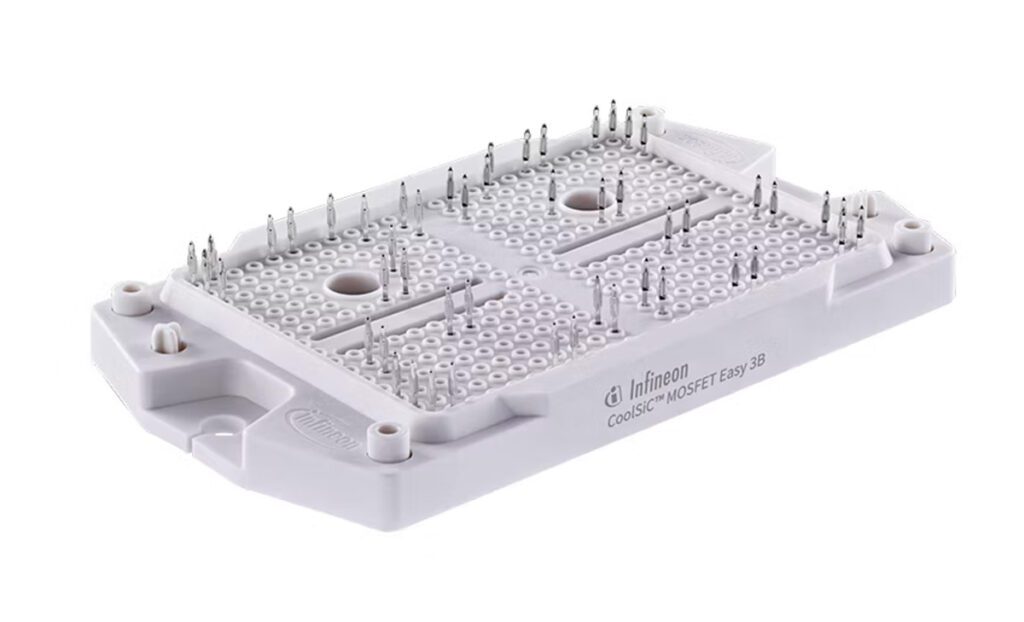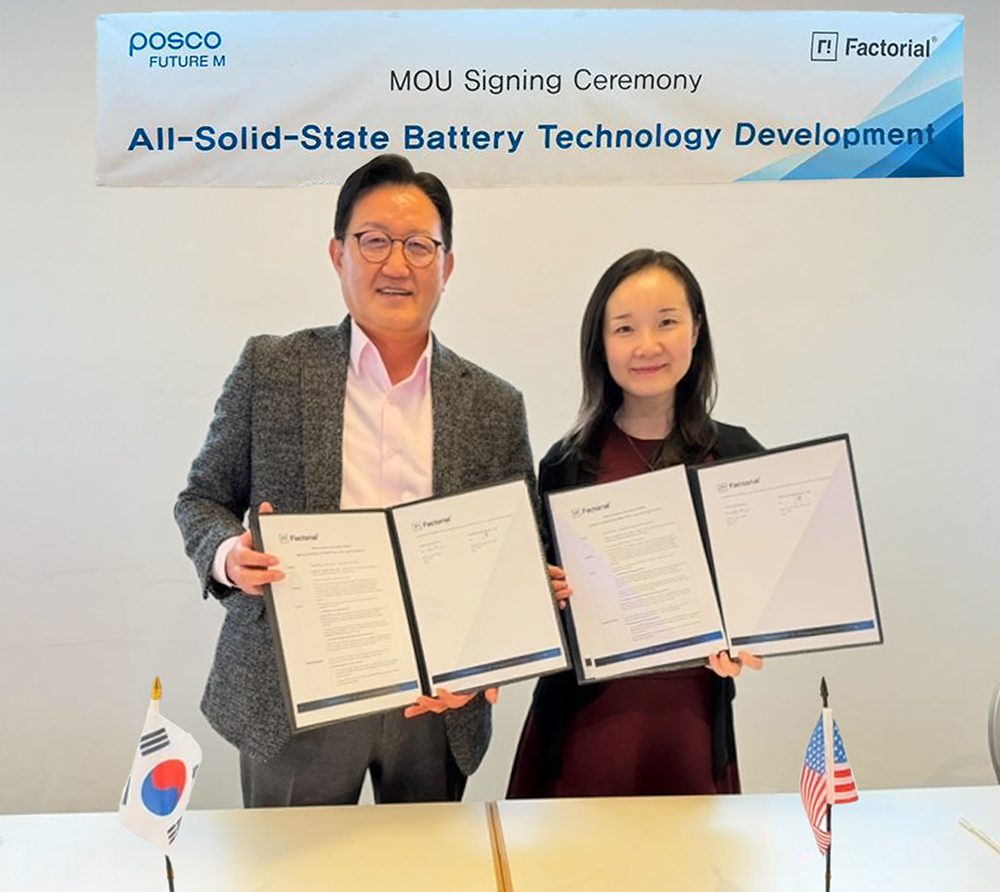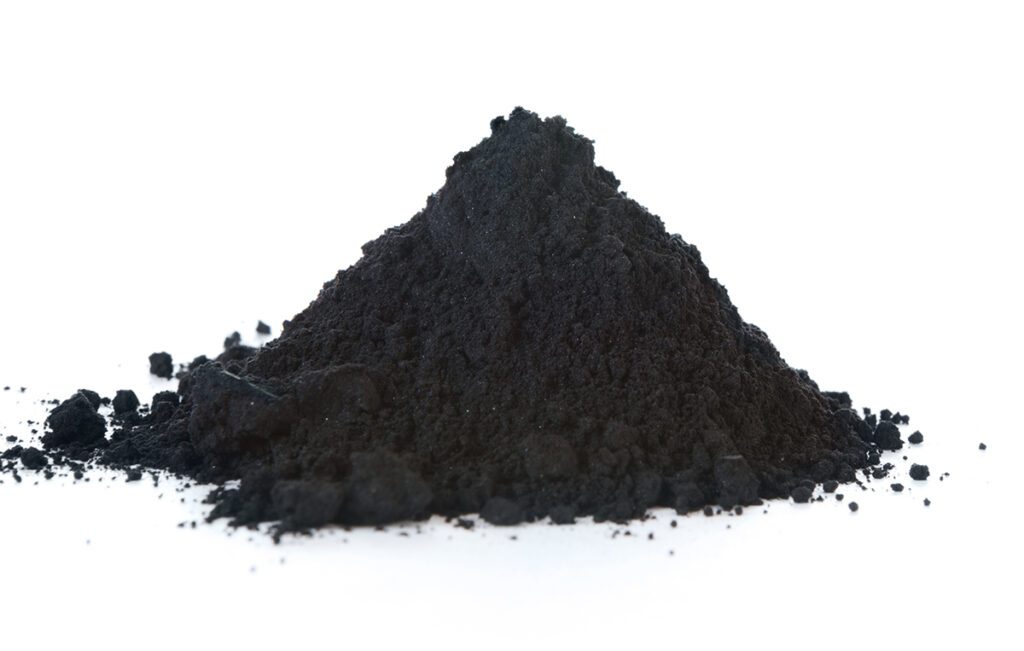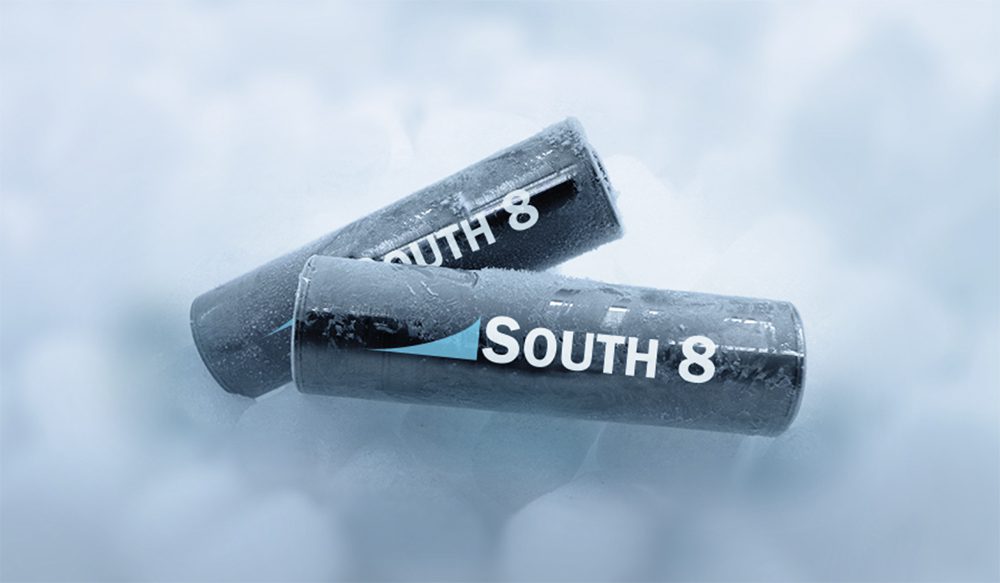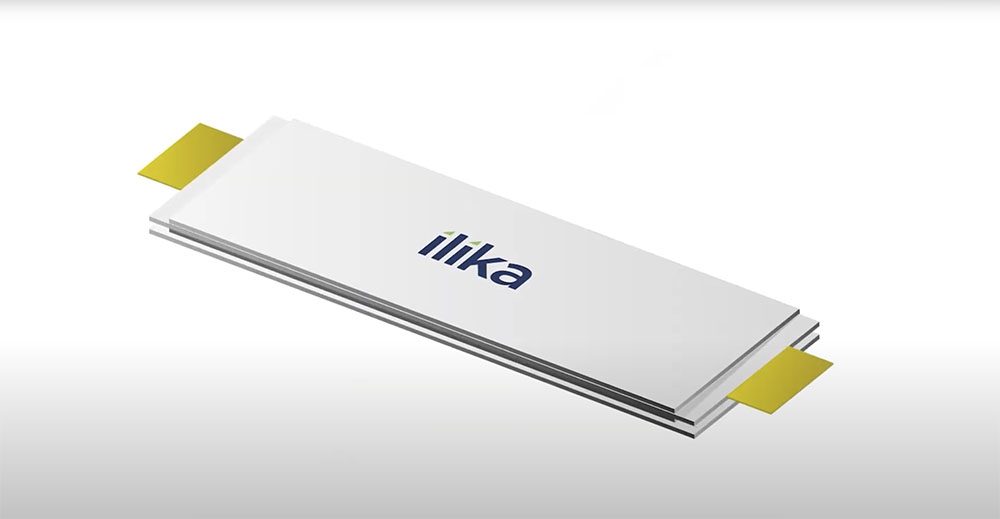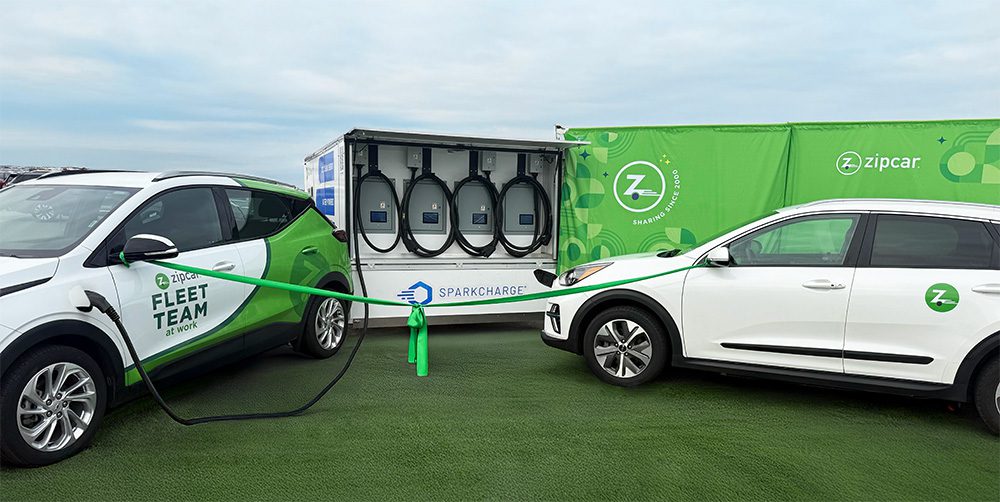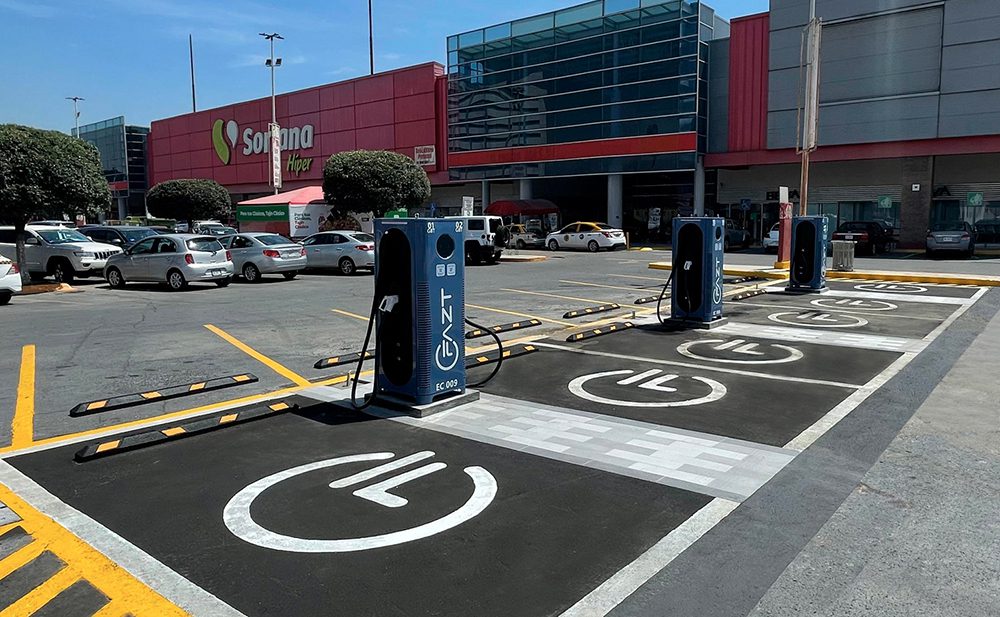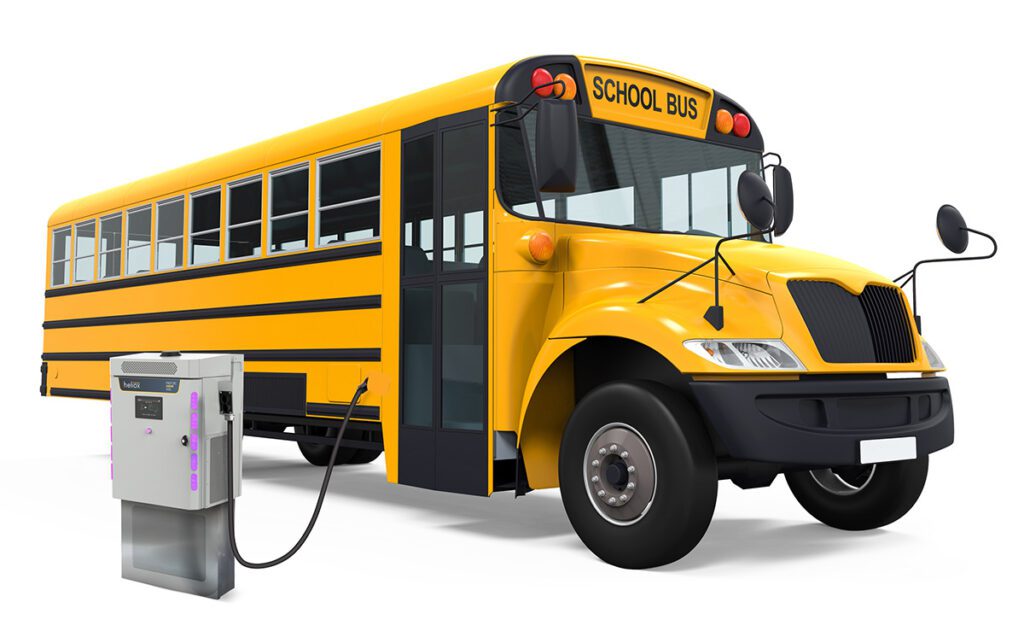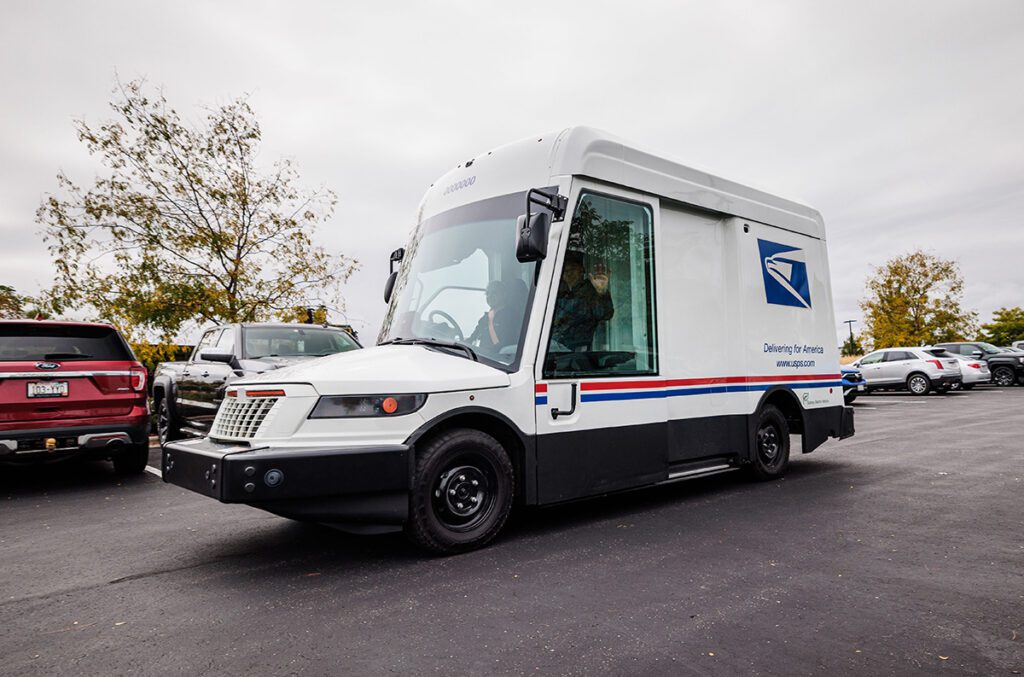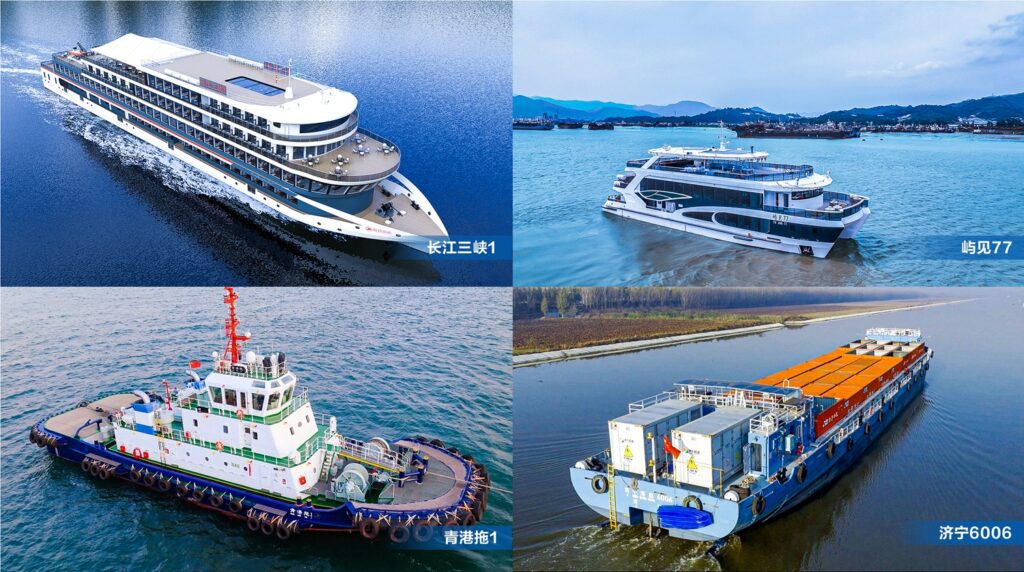Last April, Elon Musk announced that a “1 million-mile battery pack” was in the pipeline. As a recent article posted on Forbes points out, today’s typical Li-ion battery packs are more than adequate for individual EV owners, but applications such as taxi services and long-distance trucking will require batteries optimized for longevity (according to writer Ariel Cohen, the average trucker logs some 100,000 to 150,000 miles per year). Thus, long-life batteries are likely to be critical to the success of the Tesla Network (a proposed fleet of robo-taxis) and the Tesla Semi.
To be clear, no one knows precisely how long current Tesla batteries can be expected to last – the vehicles simply haven’t been on the road long enough for large numbers of the batteries to start wearing out. Elon Musk says that the battery modules used in Model 3 “should last 300k to 500k miles (1500 cycles).” One operator that can report from experience how Tesla batteries hold up over the really long haul is Tesloop, a California shuttle service that owns several vehicles that are approaching the 500,000-mile mark.
Whatever the current state of the art may be, more longevity is unquestionably better, and a battery that’s guaranteed to last a million miles would be a huge selling point for Tesla – not only for fleet buyers, but for individuals as well (concerns about battery life, unfounded or not, are a commonly-cited objection to EV adoption).
In December, Tesla, in partnership with physicists from Canada’s Dalhousie University, filed a patent for “Dioxazolones And Nitrile Sulfites As Electrolyte Additives For Lithium-Ion Batteries.” Tesla claims that the new battery chemistry, which appears to build on another patent filed in September, improves efficiency, energy density, longevity and cost compared to current Li-ion batteries.
This battery chemistry is based on NMC (lithium nickel manganese cobalt oxide), which Tesla uses in its stationary energy storage products, not NCA (lithium nickel cobalt aluminum oxide), which it uses in its vehicles. It features a new cathode crystal structure that’s designed to make the batteries more resistant to the inevitable degradation from repeated cycling.
No one outside the company can say whether the latest patent is related to the vaunted “million-mile” battery that Tesla hopes to have in production this year, but as Mr. Cohen writes, “Tesla’s super battery is on the way, and it will have major implications for electric vehicles and beyond when it arrives. Energy storage systems – not just electric cars – are going to benefit from quadrupling of the cycling power. This will make storage cheaper and more efficient, further speeding up transition to electric power and renewables.”
Source: Forbes







